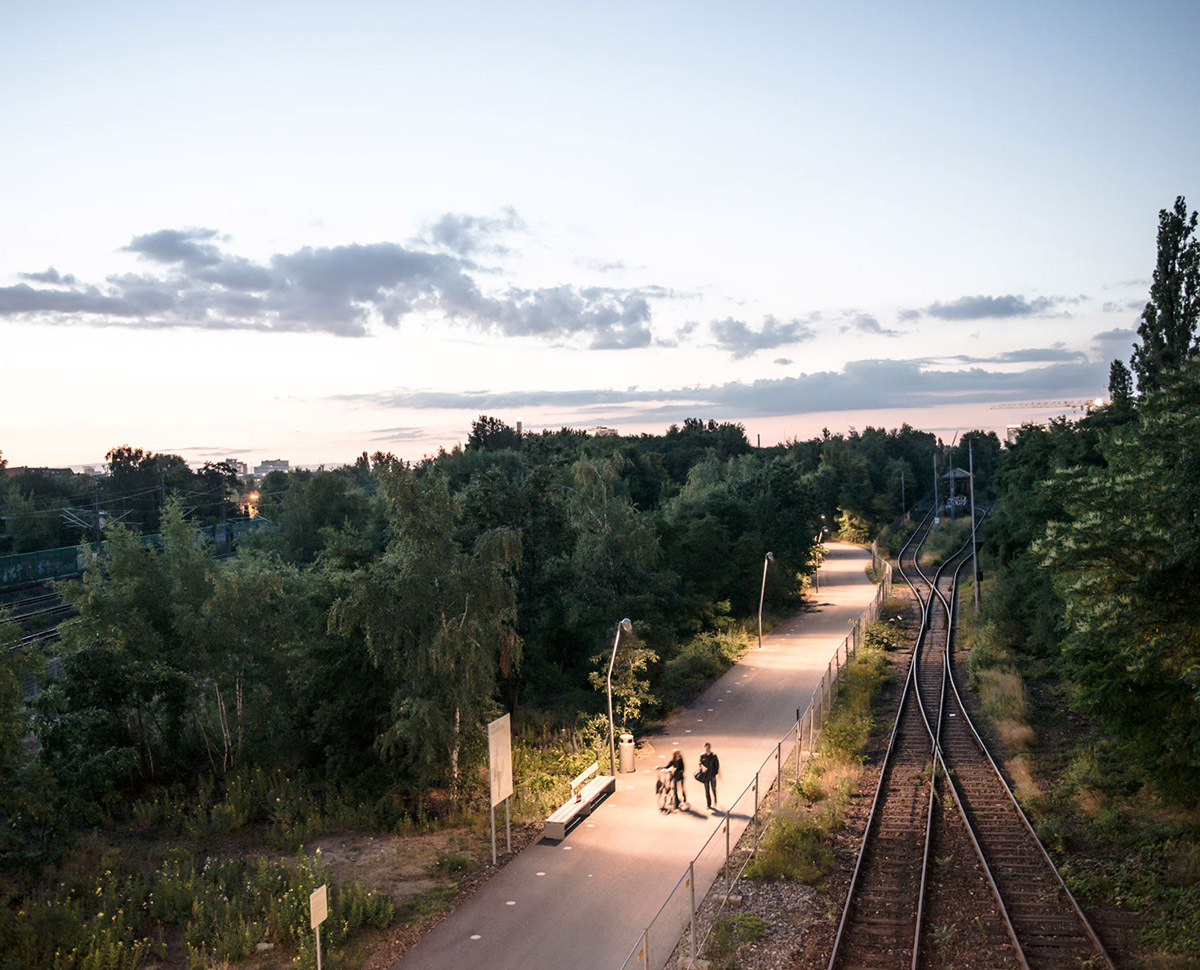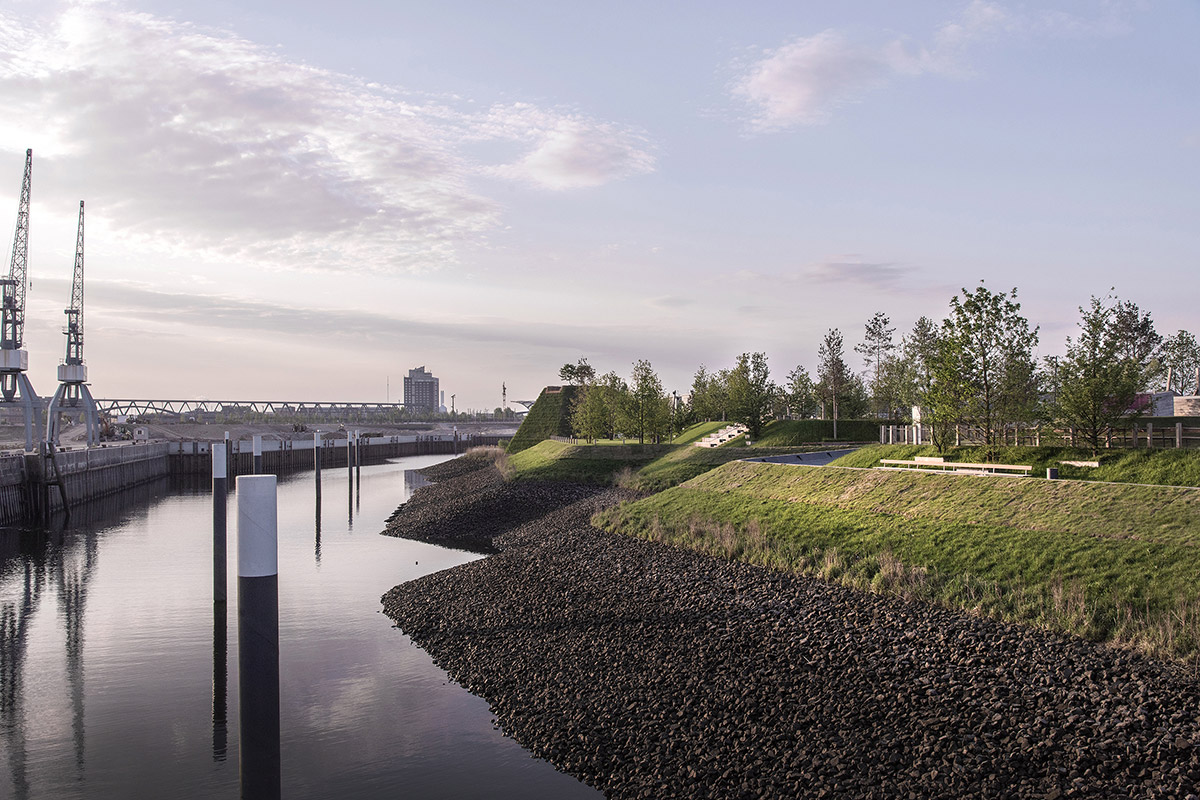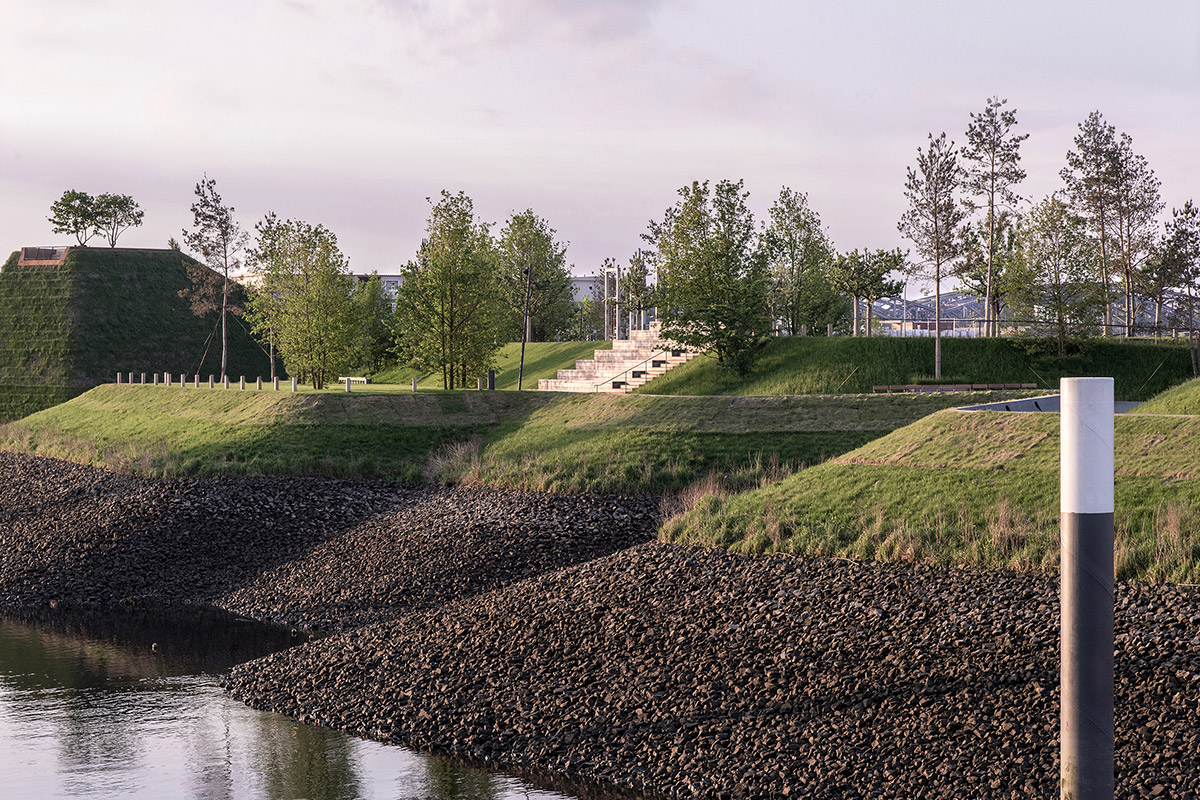19/052
Leonard Grosch
Atelier LOIDL
Berlin

«It makes me happy to see people coming together.»
«It makes me happy to see people coming together.»
«It makes me happy to see people coming together.»
«It makes me happy to see people coming together.»
«It makes me happy to see people coming together.»
Please, introduce yourself and your Studio…
Leonard Grosch: Our studio is based in Berlin and was founded in 1984 by Prof. Hans Loidl. Bernd Joosten, Felix Schwarz and myself are running the studio for over a decade now. Today we are an international team of 25 landscape architects working on projects mainly in Germany and Switzerland, but also in Spain and China.
How did you find your way into the field of Landscape Architecture?
Grosch: I wanted to become a landscape architect since I was 16. I considered studying architecture as well, but due to my terrible high school grades in math and physics for several years, my parents deterred me from following this plan. I trained to be a perennial gardener for two years in a small, alternative nursery in Munich and then studied landscape architecture in Dresden, Copenhagen and Berlin. My year at the The Royal Danish Academy of Fine Arts (KADK) was profoundly important to me, opening up a whole new world to me, through experiencing the value and implicitness of well-designed open spaces in everyday life.
What comes to your mind, when you think about your diploma project?
Grosch: I worked on my diploma project—which had the strange name FROCO—together with my friend and urban planner Jörg Wessendorf. At this time—by the end of the 1990ies and the beginning of the new century—we were both disappointed and bored by largely sleep-city-like, un-urban and unlively urban planning. This is why we invented a method of frottaging urban structures from historical cities and collaging them in order to implement their picturesque exciting spatial qualities into new city-plannings. Kees Christiaanse and Hans Loidl were our professors. Even though the naivety of the project is still obvious today, it shaped my understanding of urban planning and the creation of space in retrospect.
Since 2007 you are one of the Partners of Atelier Loidl. How would you describe the design approach of Atelier Loidl?
Grosch: After the first decade of professional work I gained a lot of clarity concerning the goals I would like to achieve in landscape architecture through writing the book “Designing Parks – Berlin’s Park am Gleisdreieck or the Art of Creating Lively Places together” with Constanze Petrow.
In general I try to work with answering the following questions: Which solution to certain design tasks respect and develop the qualities of the site best? Which solution generates the most suitable and diverse spaces? What provides the firmest and most sustainable structure? What increases the abilityof a space to bring people together in terms of programming and staging of communication? And finally: What caters to a contrasting and if possible abundant vegetation? Elaborated details and a multidimensional design play an important role, too. To conclude the questions, I suggest to ask: What is self-evident, what is natural?
Today landscape architects and architects often form a partnership to enter competitions. How important is the relationship and a mutual understanding between you and the architect?
Grosch: Mutual understanding is certainly very important for collective work. We, of course, collaborate with architects and it can be fun and inspiring to work on projects together but I have to admit that we prefer doing mere landscape projects as they are more interesting for us. It is important to us as an office to work independently as well.
What does your desk/working space look like?
What is the essence of Landscape architecture?
Grosch: I think the essence lies in the answer to the question: What can landscape architecture do for people and what does it offer to them?
When planning, I am always interested in the people: Their well-being, their sense of community. What I consider important as a planner is the ability to anticipate the users’ needs. It makes me happy to see people coming together, playing together, trying out objects, discovering new things in open spaces and so on. People should do things in the park: enjoy life to the fullest, display themselves, share their abilities and hobbieswith others, and thus make the park become their living room and simultaneously a marketplace. This gives rise to the intensity that is inseparably connected to my idea of urbanity. If landscape architects understand their work as designing the outdoor spaces and fulfilling the needs of people in the city to the greatest possible extent, they would benefit from exploring the way society perceives the discipline.
What needs to change in the field of Landscape Architecture? How do you imagine the future?
Grosch: One of my fantasies about the future of landscape architecture—not considering any if and how—would be a city, in which landscape architecture would happen quicker, more informal, and way more direct.
Just like: Oh, here is this great potential of water excess at the Landwehrkanal. Let’s build a river bath with a huge wooden deck. Or: This square doesn’t seem to work at all. Let’s tidy it up first and get rid of all the crap and put a huge bench and a kiosk there. Let’s see how that works out. In this perfect world, there would be small competitions and a very flexible city government budget for urban interventions.
Project 1
Gleisdreieck
Berlin
2013
The western part of the Gleisdreieck park, covering 10 ha, is the urban counterpart to the quiet eastern part of the park with its natural landscape. It stretches from Landwehrkanal next to Potsdamer Platz to the Yorkbrücken.
Photography © Julien Lanoo
Project 2
















